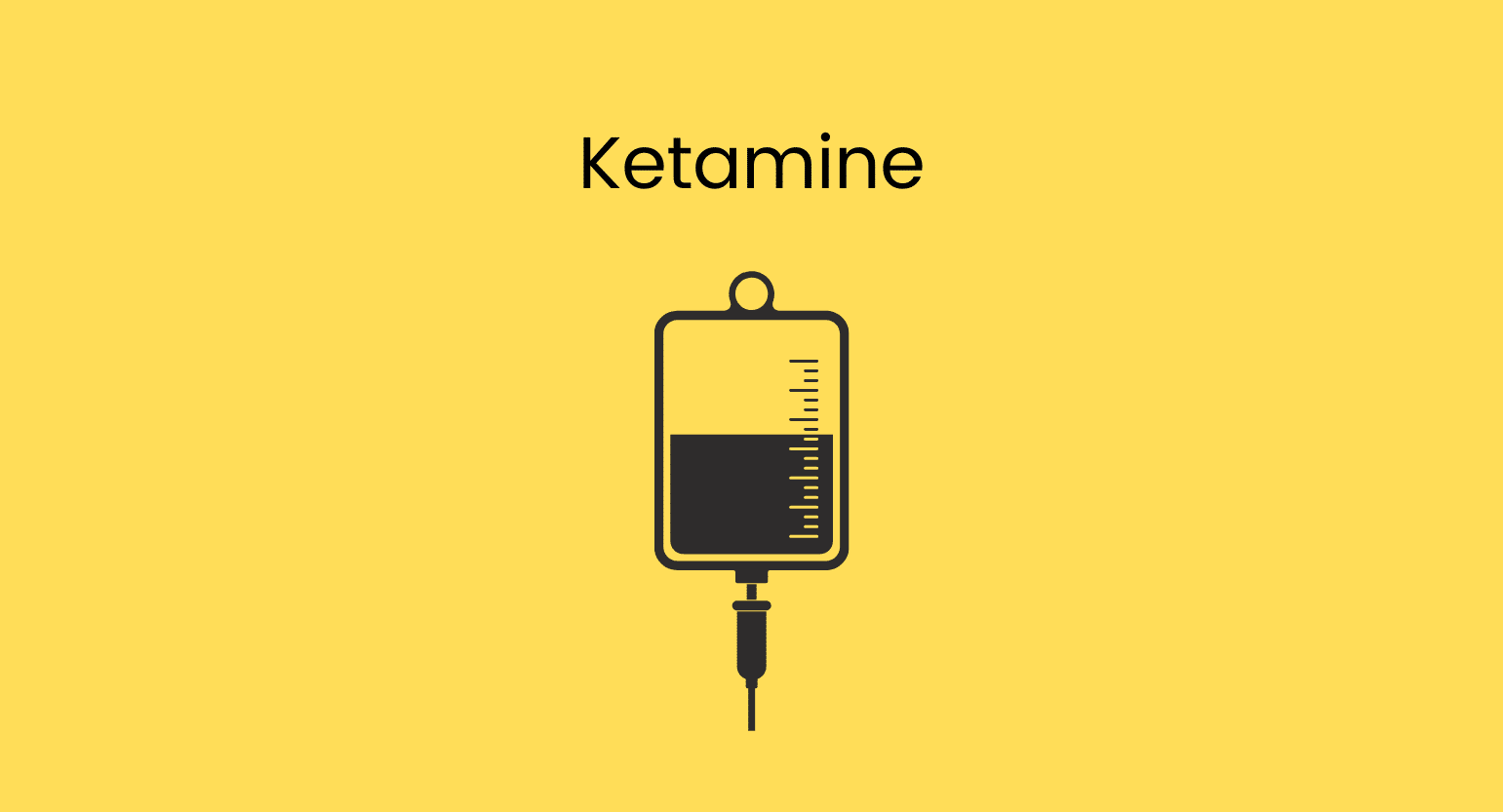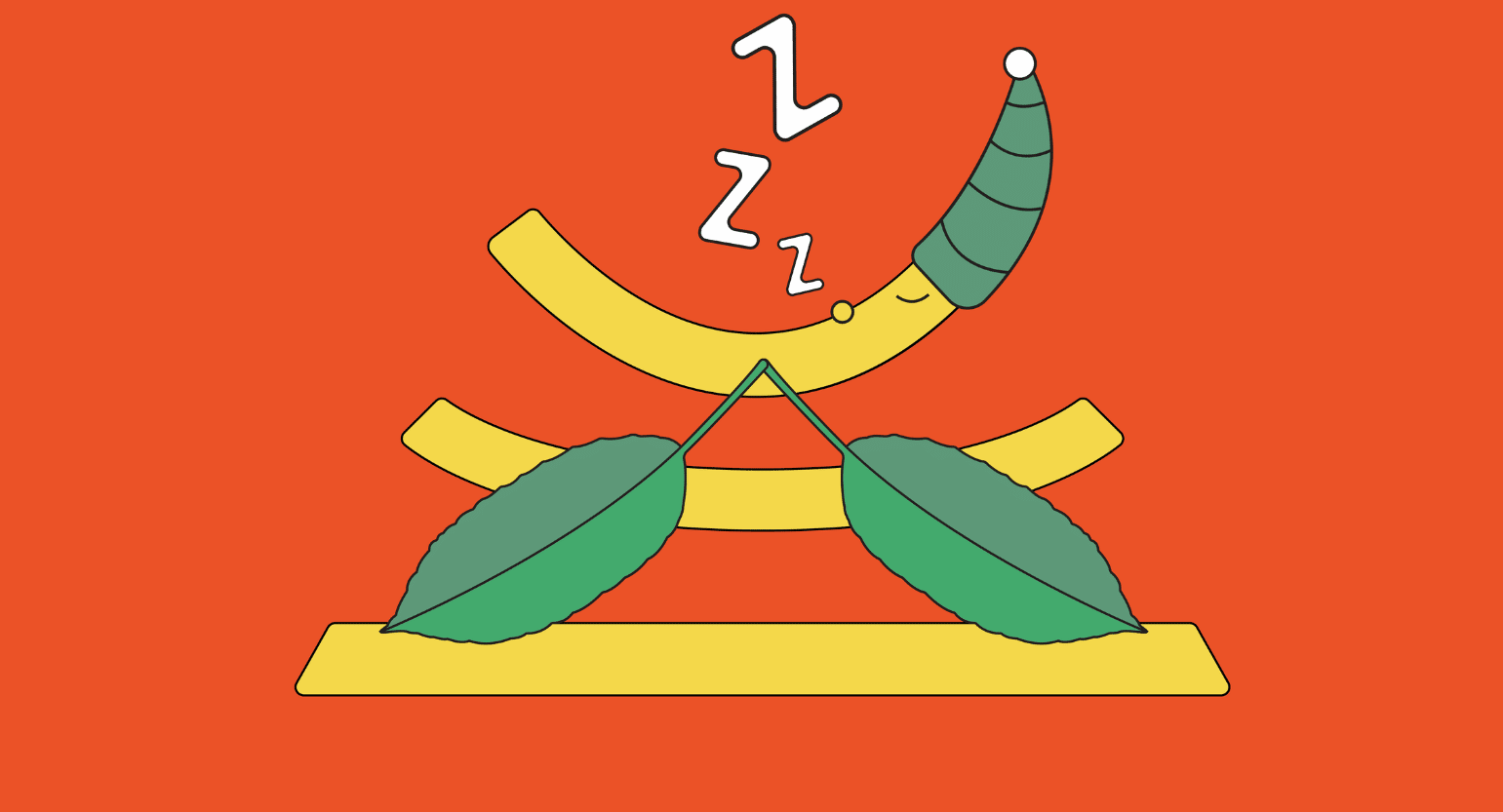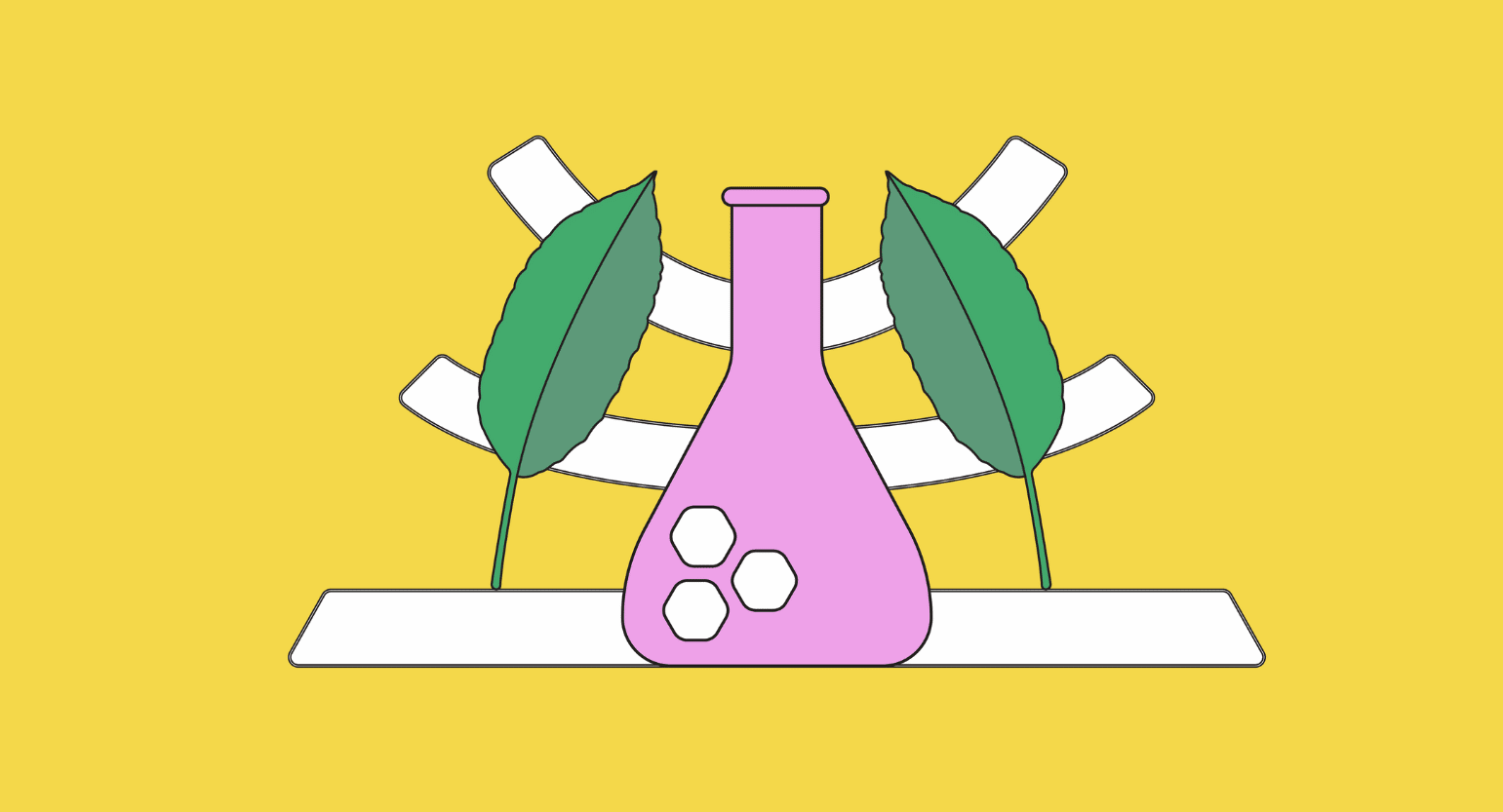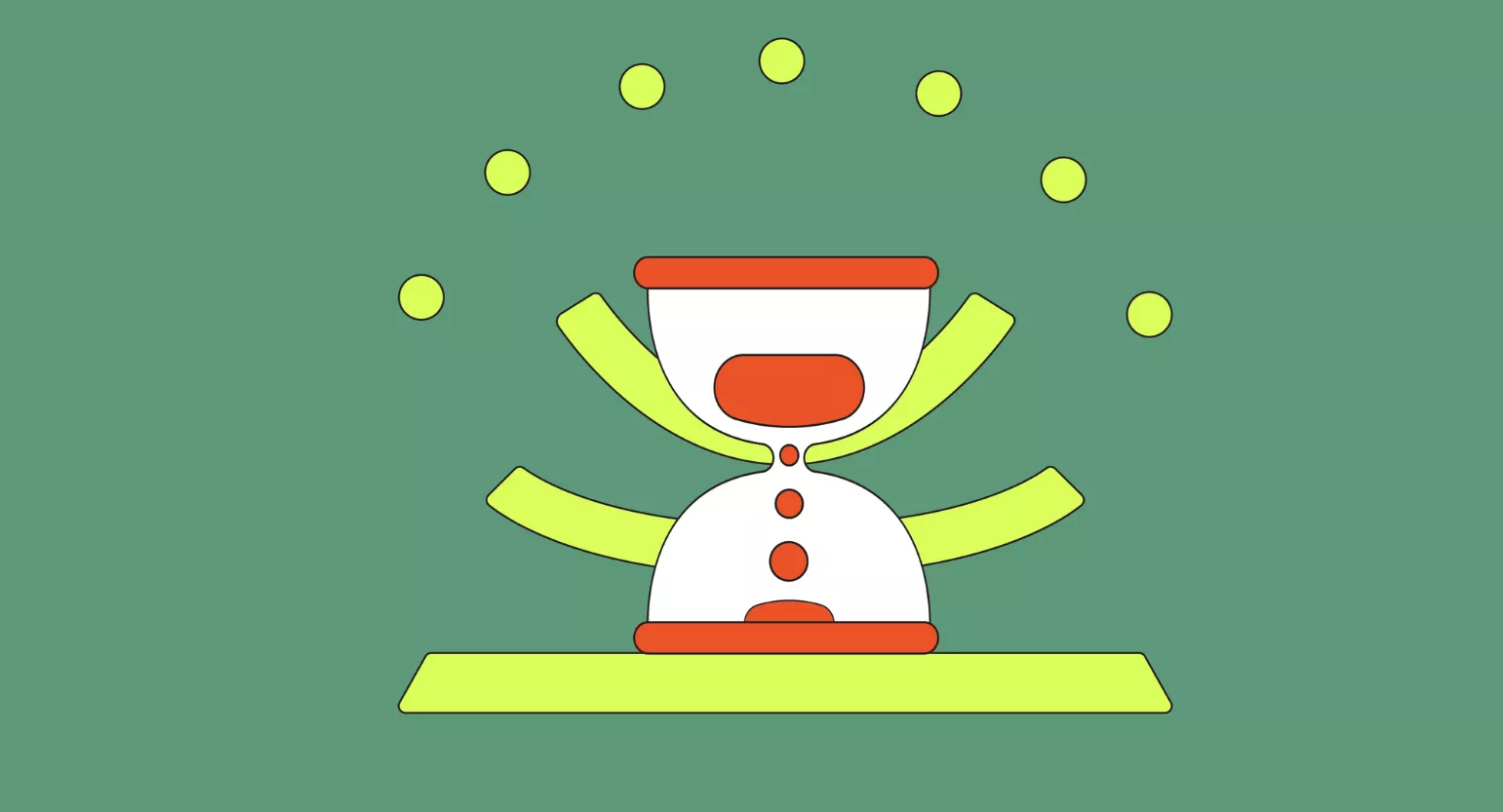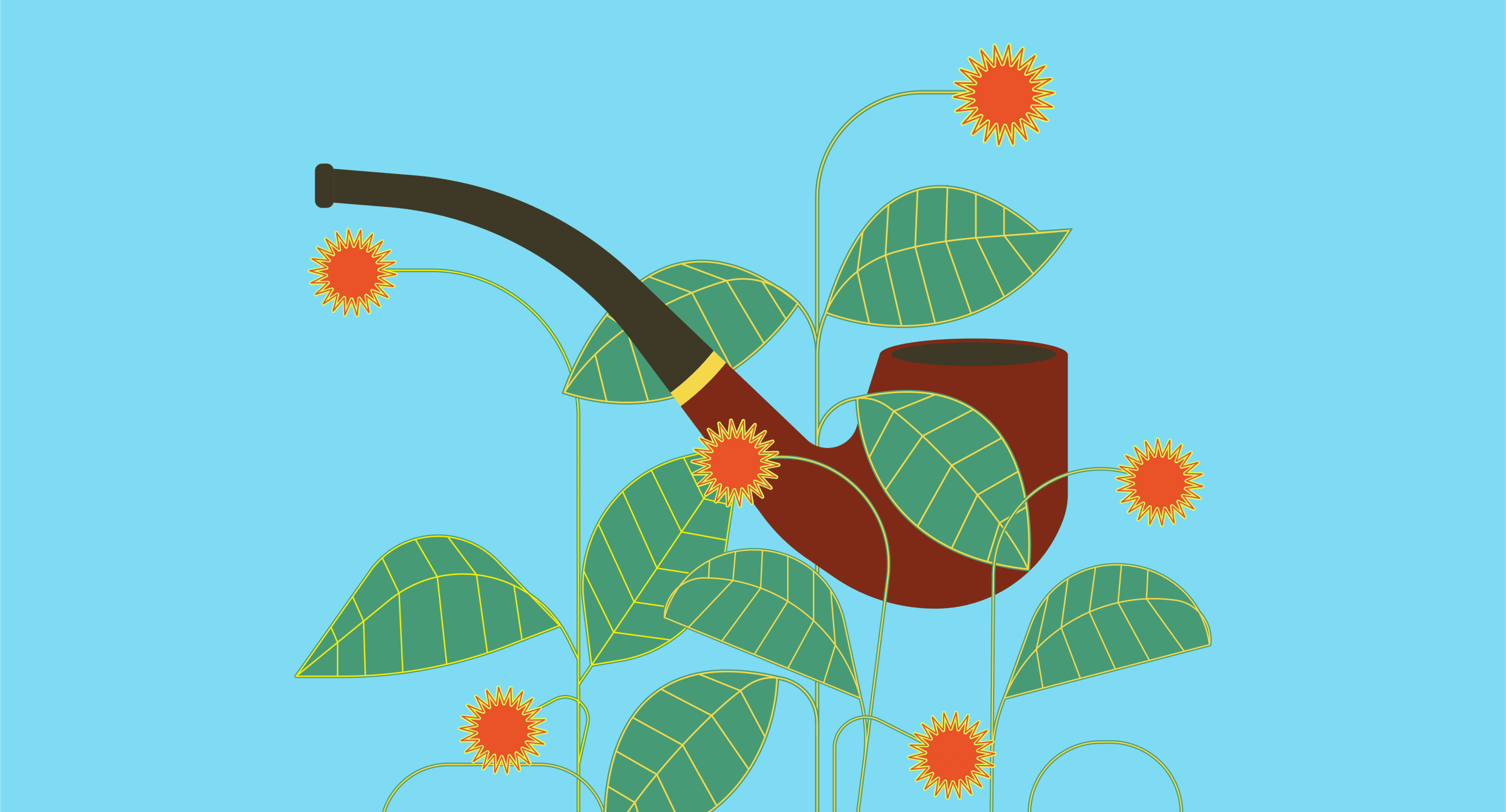Does Kratom Interact With Ketamine?
Based on the available scientific evidence, we can assume that kratom and ketamine have dangerous interactions when combined.
It’s a tricky question to answer with certainty since there hasn’t been a study that attempts to look at this relationship directly.
However, we can still make reasonable inferences based on the available studies on each substance.
Two crucial aspects are tied together. One — kratom could slow down ketamine’s metabolization. Two — they act on the opioid receptors; both specifically activate the mu-opioid receptor [1, 2]. Its activation can cause respiratory depression, the leading cause of death in opiate overdose.
Here’s why this is dangerous. Ketamine is metabolized within the body by the CYP3A4 and CYP2B6 enzymes [3]. Kratom is an inhibitor of CYP3A4, which can slow down ketamine’s elimination rate, increasing its effects [4]. This phenomenon is known as metabolic inhibition.
Using ketamine and kratom can increase ketamine’s effects. An agonistic interaction occurs when two drugs are taken together and potentiate each other’s effects. Kratom and any opiate, or anything that acts on the opioid system, is a dangerous combination.
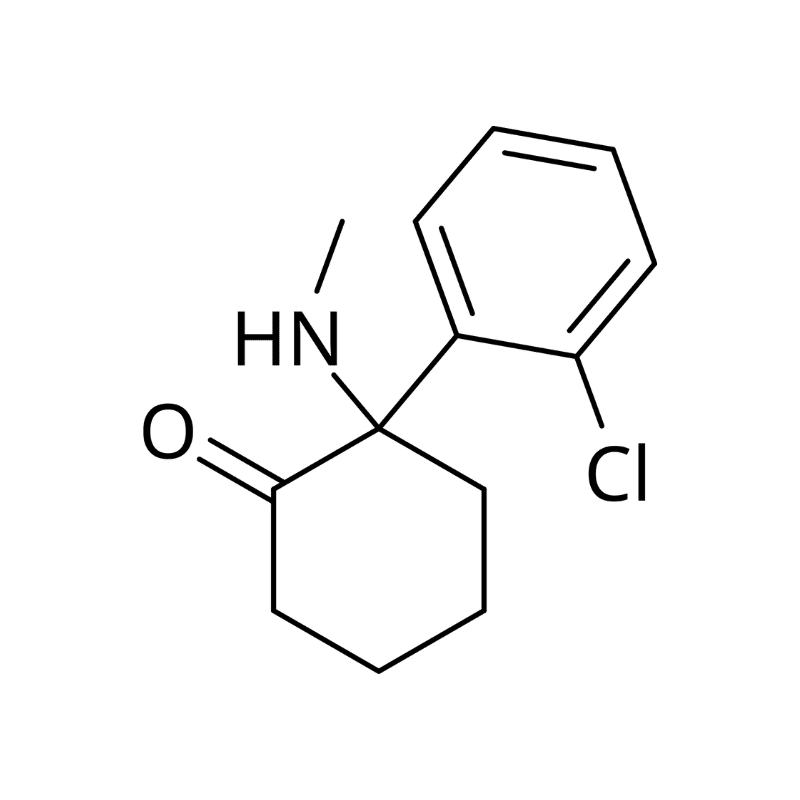
Ketamine Specs
| Drug Name | Ketamine |
| Trade Name | Ketalar, Esketamine |
| Classification | Dissociative |
| CYP Metabolism | CYP3A4 and CYP2C19 |
| Interaction With Kratom | Agonistic interaction and metabolic inhibition |
| Risk of Interaction | Moderate to high |
Is it Safe to Take Kratom With Ketamine?
No, it is not safe to combine kratom and ketamine.
The slowed metabolism and increased effects from two substances that activate the mu-opioid receptor make this a dangerous mix.
If you’re using ketamine for pain and want to use kratom, consult your doctor first.
What is Ketamine?
Ketamine is a dissociative drug used mainly for the application and continuance of anesthesia. It’s on the WHO’s list of essential medicines, but its misuse has also become widespread.
As a Schedule III drug, it has a recognized medical use, but also the potential for abuse and dependence.
Ketamine works primarily by acting as an NMDA receptor antagonist [5]. The inhibition of this receptor induces a state known as dissociative anesthesia [3].
Additionally, ketamine can cause psychotomimetic states, inducing symptoms of delusion and delirium [6].
What is Ketamine Used for?
Ketamine is a multifaceted drug that has contributed vastly to our knowledge of consciousness, depression, analgesia, schizophrenia, new methods of treatment-resistant depression, and more [7].
Its primary medical purpose is to induce and continue anesthesia. It has specific qualities that set it apart from other anesthetics. For example, it suppresses breathing much less.
In lower doses, ketamine has potent and fast-acting antidepressant properties [8]. It helps treat severe manifestations of depression, but it also becomes less effective with time.
What’s the Dose of Ketamine?
As an analgesic, ketamine is used in an intrahospital setting — qualified anesthesiologists must handle the dosing.
There’s little information on ketamine dosage since it’s a drug that only professionals should handle.
Do not consume ketamine for recreational purposes.
Generic & Brand Name Versions
Esketamine is a fairly new ketamine drug that’s FDA-approved; it’s the first antidepressant in 60 years that isn’t based on existing drugs. This compound is available under the brand names Spravato, Ketanest, among others.
Ketamine is also available under the brand name Ketalar.
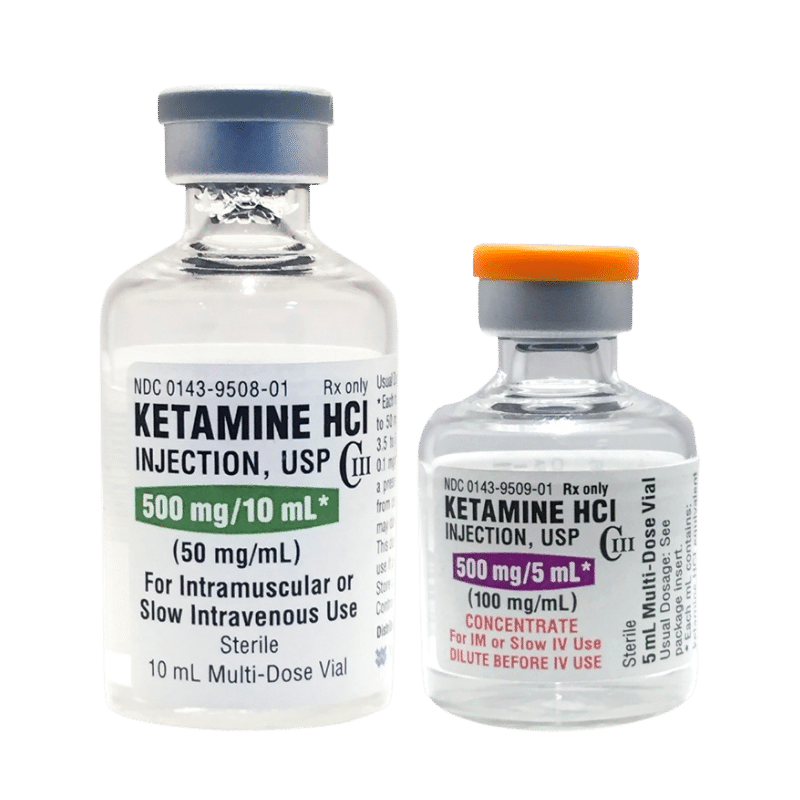
What Are the Side Effects of Ketamine?
Ketamine is used recreationally because of its side effects, but not all are pleasant.
When used as an anesthetic, ketamine can induce the following side effects [9]:
- Dysphoria
- Emergence delirium
- Hallucinations
- Hypertonia
- Laryngospasm (rare)
- Tonic-clonic movements
- Transient respiratory depression
- Vomiting
Sub-anesthetic doses of ketamine elicit different adverse effects [10]:
- Difficulty speaking
- Drowsiness
- Dry mouth
- Euphoria
- Hypertension
- Intense hallucinogenic/dissociative symptoms
- Nausea
Thankfully, the majority of ketamine’s side effects resolve entirely after two hours of taking the drug. Post-treatment side effects are almost non-existent.
What is Kratom?
The Mitragyna speciosa plant — known as kratom — is known for its many beneficial properties. It grows plentifully in Southeast Asia, where it’s been a staple in traditional medicine. Indigenous people in Vietnam, Thailand, Indonesia and the region of Borneo, have used kratom for centuries to combat fatigue and alleviate pain.
It derives its benefits from the plant-based alkaloids contained within it. Alkaloids are a class of naturally-occurring compounds that often have pharmacological effects. Two in particular play a huge role in kratom’s effects: mitragynine and 7-hydroxymitragynine.
It took a while to catch on, but now kratom is quite popular in the United States and the rest of the western world; however, there’s still a lot of doubt about what it is and its potential. In this handy guide, you’ll find all the basics about kratom.
Unfortunately, the FDA is targeting kratom for legislation. Nevertheless, the kratom community in the United States is substantial. Influential organizations like the American Kratom Association help fight for kratom to remain legal.

What is Kratom Used for?
The better question to ask is, what isn’t it used for? There’s a reason news of this plant is spreading like wildfire. There are the most common uses like pain relief and energy, but it doesn’t stop there — this isn’t just anecdotal. Research is limited but so far backs up many of the mighty claims of its fans.
Here are a few of kratom’s therapeutic uses:
- Boosts mood, energy, and focus
- Gives feelings of euphoria
- Potent pain relief
- Promotes sleep
- Reduces anxiety
- Relieves opioid withdrawal symptoms
- Supports weight loss
Given the limited research on kratom, there are probably more uses yet to be discovered.
What’s the Dose of Kratom?
While there’s no set amount like what you’d find for other medications, there are general dosing guidelines. Kratom’s effects vary depending on the amount, and too many other factors, like a person’s tolerance and weight, come into play.
A few basic rules can help you decide how much to use.
- Always start with a low dose and work your way up. Apply this rule to every new strain you try since they have varying effects and potencies.
- Lower doses are more energizing.
- Larger doses are more sedating.
Low doses of kratom, around 5 g or less, are best for energy and focus.
A medium dose of kratom is usually anything from 5 to 10 g. This range provides more pain relief and can be sedating. Some strains will still be energizing.
Anything above 10 g is considered a large dose. It’s best to stay away from these amounts until you know how kratom will affect you. It has heavy sedative-like and analgesic effects and anxiety relief in these amounts.
However, remember that everybody is different, and these dosages are only averages.
Related: How Long Should I Wait Between Kratom Doses?

What Are the Side Effects of Kratom?
Kratom — like all drugs — can cause side effects. Even though these are usually minor and more of an inconvenience than anything, it’s good to know what they are. It might be your body telling you to lower the dose, or it might just be a sensitivity. These symptoms are relatively common and typically fade as the kratom wears off.
Kratom’s side effects include:
There are more severe side effects that kratom can cause, but this usually happens in large amounts.
Here are kratom’s more severe side effects:
- Dependence & addiction
- Itchy skin
- Liver damage (with long-term use)
- Loss of muscle coordination
- Low blood pressure
- Low libido
- Nausea
- Poor appetite
- Seizures
- Tremors
Thankfully, kratom’s side effects are usually relatively mild and managed by drawing back kratom consumption.

What Are the Different Types of Kratom?
Kratom comes in many different strains.
So what does this mean for you? You get variety and a chance to meet many needs with one unique plant. Essentially, all of kratom’s strains share basic properties. However, the alkaloid content in these strains means each one acts a bit differently. Some strains tend to be better for pain but will make you tired, while others will get you moving but don’t offer as much pain relief.
These variations in kratom strains mean you must have a basic idea of what each one does. Otherwise, you might become lethargic when you need to get through the last few hours of work.

White Vein Kratom
White vein kratom is the best strain to increase mental energy and stimulate euphoria. These strains aren’t great at relieving pain, but they excel at giving you a physical boost, kind of like a cup of coffee or two will do.
Many people who struggle with depression find relief with white strains; however, be careful if you’re predisposed to anxiety.

Red Vein Kratom
On the other hand, red-veined kratom strains are great for pain relief, anxiety, and relaxation. Lower amounts can be mildly stimulating, but higher amounts will likely be sedating.

Green Vein Kratom
Green vein kratom exists in the middle of the kratom spectrum. This particular strain doesn’t emphasize the specific benefits of kratom; it promotes all of them. If you don’t need intense pain relief or energy, green strains are usually the way to go.

Yellow Vein Kratom
Yellow vein kratom is similar to green vein. However, these strains tend to be milder and can be perfect for beginners.
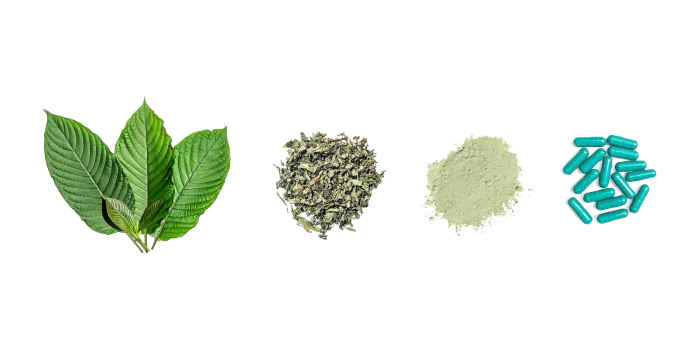
Key Takeaways: Is it Safe to Mix Kratom & Ketamine?
Because there are no conclusive studies, it’s best not to mix kratom and ketamine. Both can cause depression of the central nervous system, and kratom could slow down ketamine’s metabolization, leading to severe problems.
If you use ketamine under a doctor’s care and want to use kratom, make sure you talk to your doctor first.
Until more evidence says otherwise, it’s best to avoid using these together.
- Babu, K. M., McCurdy, C. R., & Boyer, E. W. (2008). Opioid receptors and legal highs: Salvia divinorum and kratom. Clinical toxicology, 46(2), 146-152.
- da Fonseca Pacheco, D., Romero, T. R. L., & Duarte, I. D. G. (2014). Central antinociception induced by ketamine is mediated by endogenous opioids and μ-and δ-opioid receptors. Brain research, 1562, 69-75.
- Zanos, P., Moaddel, R., Morris, P. J., Riggs, L. M., Highland, J. N., Georgiou, P., … & Gould, T. D. (2018). Ketamine and ketamine metabolite pharmacology: insights into therapeutic mechanisms. Pharmacological reviews, 70(3), 621-660.
- Hanapi, N. A., Ismail, S., & Mansor, S. M. (2013). Inhibitory effect of mitragynine on human cytochrome P450 enzyme activities. Pharmacognosy research, 5(4), 241
- Tyler, M. W., Yourish, H. B., Ionescu, D. F., & Haggarty, S. J. (2017). Classics in chemical neuroscience: ketamine. ACS chemical neuroscience, 8(6), 1122-1134..
- Sos, P., Klirova, M., Novak, T., Kohutova, B., Horacek, J., & Palenicek, T. (2013). Relationship of ketamine’s antidepressant and psychotomimetic effects in unipolar depression. Neuroendocrinol Lett, 34(4), 101-107.
- Tyler, M. W., Yourish, H. B., Ionescu, D. F., & Haggarty, S. J. (2017). Classics in chemical neuroscience: ketamine. ACS chemical neuroscience, 8(6), 1122-1134.
- Shin, C., & Kim, Y. K. (2020). Ketamine in major depressive disorder: mechanisms and future perspectives. Psychiatry Investigation, 17(3), 181.
- Zhang, K., & Hashimoto, K. (2019). An update on ketamine and its two enantiomers as rapid-acting antidepressants. Expert review of neurotherapeutics, 19(1), 83-92.
- Acevedo-Diaz, E. E., Cavanaugh, G. W., Greenstein, D., Kraus, C., Kadriu, B., Zarate, C. A., & Park, L. T. (2020). Comprehensive assessment of side effects associated with a single dose of ketamine in treatment-resistant depression. Journal of affective disorders, 263, 568-575.

